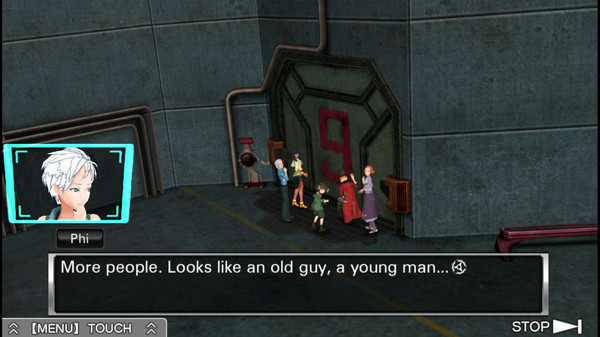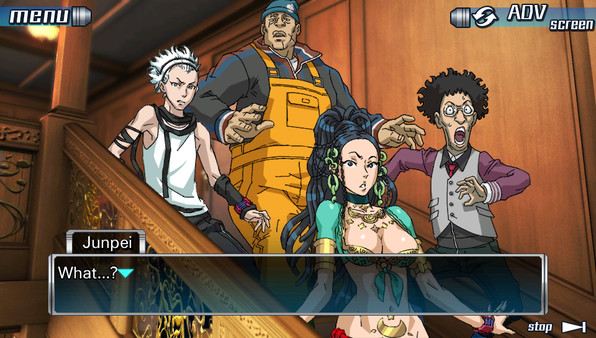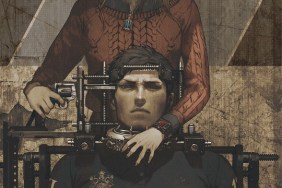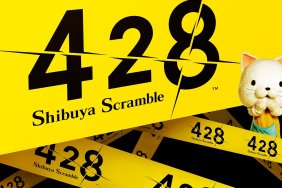When 999: Nine Hours, Nine Persons, Nine Doors released in 2010 for the Nintendo DS, it quickly became one of my favorite games. Part visual novel and part puzzle game, the Kotaro Uchikoshi directed title featured nine characters trapped on a ship, where they had to participate in a Saw-type game in order to survive. I adored both halves of the game, and the narrative’s multiple twists had me hooked. While the story was awesome, there were some really rough edges on the gameplay side that really limited its appeal.
First off, in order to see the game’s true ending, players had to play through the same puzzles multiple times, and re-read dialogue they had already seen before. This monotony was troublesome on its own, but when paired with the slowest text speed imaginable, it became insufferable for some. 999 was its own worst enemy, as all of its problems were brought on by sloppy design choices.
All of these issues were fixed in its sequel, Virtue’s Last Reward, as a flow chart was added to remove players having to play the same sequences repeatedly, and players no longer had to wait for text to crawl across the screen at a snail’s pace. It was a massive improvement at the time, and now 999 is getting these improvements in a collection of both titles called Zero Escape: The Nonary Games.
999: Remastered
The big draw of The Nonary Games is that 999 is finally getting the updated version it always needed. This remastered version plays nearly identical to the DS original, but there’s some smart changes that make it a far better experience. The most noticeable difference off the bat is that voice acting is now added. Every character from series protagonist Junpei (who keeps his previous voice actor from Zero Time Dilemma) to lovable goofball Seven now has a voice, and the performances are all really great. The voice acting isn’t without some minor issues, though, as not all of the in-game text gets fully voiced, and Junpei’s voice direction seems unchanged from the final game in the trilogy (so he sounds a bit too jaded here). Minor qualms aside, it’s a great addition that helps such a text heavy game.
The other big addition is the addition of a flow chart, which eliminates the need for multiple playthroughs. Unfortunately, some puzzles will still have to be solved twice, but this addition knocks a substantial amount of time spent retreading ground off the length of 999. It’s worth noting that using the flow chart can be a bit confusing compared to the more straightforward one found in Virtue’s Last Reward, as players have to chart a path in it rather than just select the part they want to go through (this being due to how the original game was setup, and how the story differs due to past decisions).
Both of these additions make 999 a far more enjoyable game to play, and getting all six of the game’s endings is no longer a test of the player’s patience. This allows the story to shine, and much to my delight it turns out that 999‘s narrative has aged very well, despite having more twists than a script penned by M. Night Shyamalan. Every character is fully fleshed out by the end, and the first entry in the Zero Escape series has the best story of them all, as it works as a standalone piece of art. It’s one of the best, and most memorable stories in all of gaming.
Time After Time
The Nonary Games may offer up the best version of 999, but it’s not without some issues. Most of these stem from the fact that the game was designed to be played on the Nintendo DS. For example, a lot of text in the game describing what was happening would take place on the bottom screen as the top screen was exclusive to Junpei’s thoughts and dialogue. All of the descriptive text is still accessible in this port, but players much switch to what the game calls “novel mode,” in order to see it. This solution works for the most part, but it definitely lessens the impact of the biggest story reveal in the first game.
Another area where the game’s DS origins show is during the puzzle sequences that has players searching locked rooms for various items that’ll aid in their escape. These puzzles are still great, and they prove to be quite the challenge (I actually kept a notebook filled with notes as I played these games originally), but actually interacting with objects can be a bit sloppy here. This is due to players no longer using a precise stylus to select objects and examine them, and instead they have to use an on-screen reticle to do so. It works fine for the most part, but I did select a lot of items by accident as my reticle would be slightly off of the very small hit box.
One final disappointing part of the remastered version of Nine Hours, Nine Persons, Nine Doors is that the 3D graphics haven’t been improved. This isn’t a huge problem, as most of the game features updated 2D artwork, but all of the items the player finds while solving puzzles are very bad looking 3D models that are unchanged from the DS version. It’s a shame that this update didn’t go all the way, as these low-quality models clash against the rest of the game.
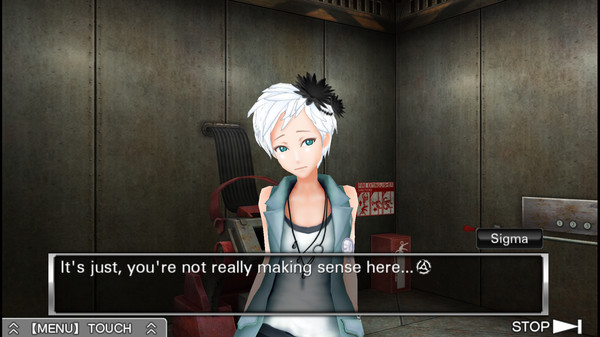
Virtue’s Last Reward
Also included in The Nonary Games is a port of the PlayStation Vita version of Virtue’s Last Reward, which is the sequel to 999. It features a similar plot, as a seemingly random group of people is once again forced to participate in a game that involves puzzles, locked rooms, and the threat of death. Nothing has been noticeably improved in this version, as the entirely 3D game doesn’t look particularly great on a high-definition screen.
The story in Virtue’s Last Reward isn’t as good as the one found in 999, although it’s still better than the plot in most games. A large reason why its plot isn’t as fulfilling as its predecessor is due to how much it feels like a build to Zero Time Dilemma, which sadly isn’t included in this collection. It also gets so twist heavy by the end that it leads to an information dump so long that Hideo Kojima would blush while reading it.
Even if it’s the weakest game in the trilogy, it’s still a great time. The puzzles are top-notch here, and the game does so much to flesh out the world of Zero Escape. It’s particularly interesting to replay for those that have finished Zero Time Dilemma, as so much of that game ends up giving new meaning to the events that take place here. Whether it’s a players first or second time through the story, it remains a rewarding experience.
Seek a Way Out
Zero Escape: The Nonary Games fixes some major issues with 999: Nine Hours, Nine Persons, Nine Doors, but doesn’t go all the way in updating it for current consoles. While the remastered version isn’t perfect (and it had the impossible task of replicating how the original game used both screens of the DS), it’s still the best way to play 999 in 2017. Throw in a mostly unchanged port of the PlayStation Vita version of Virtue’s Last Reward, and the package contains two of the best stories in gaming, albeit one without the ending part of the trilogy. Kotaro Uchikoshi’s fantastic titles should be played by any fan of the medium, just be aware that the final chapter, Zero Time Dilemma, will have to be played elsewhere.
Review code for Zero Escape: The Nonary Games provided by publisher. Reviewed on PS4 Pro. For more information on scoring, please read our Review Policy here.
-
Two of the best stories in gaming
-
999 is vastly improved
-
New voice acting is solid
-
3D graphics look rough
-
Not all dialogue has voice acting
-
999's big story twist has a lessened impact
Zero Escape: The Nonary Games
-
Zero Escape: The Nonary Games
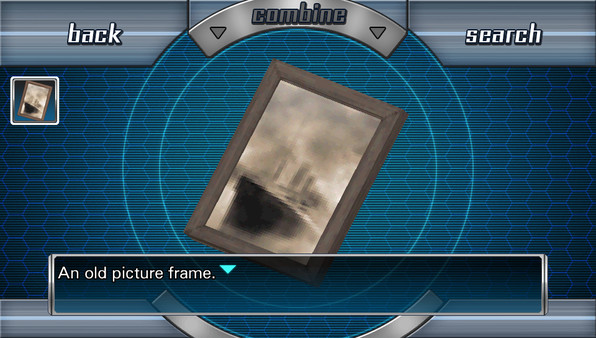
-
Zero Escape: The Nonary Games
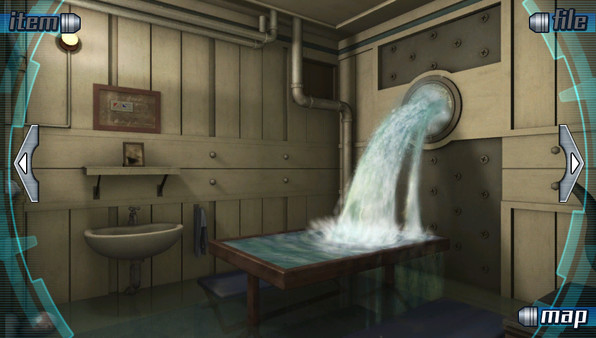
-
Zero Escape: The Nonary Games
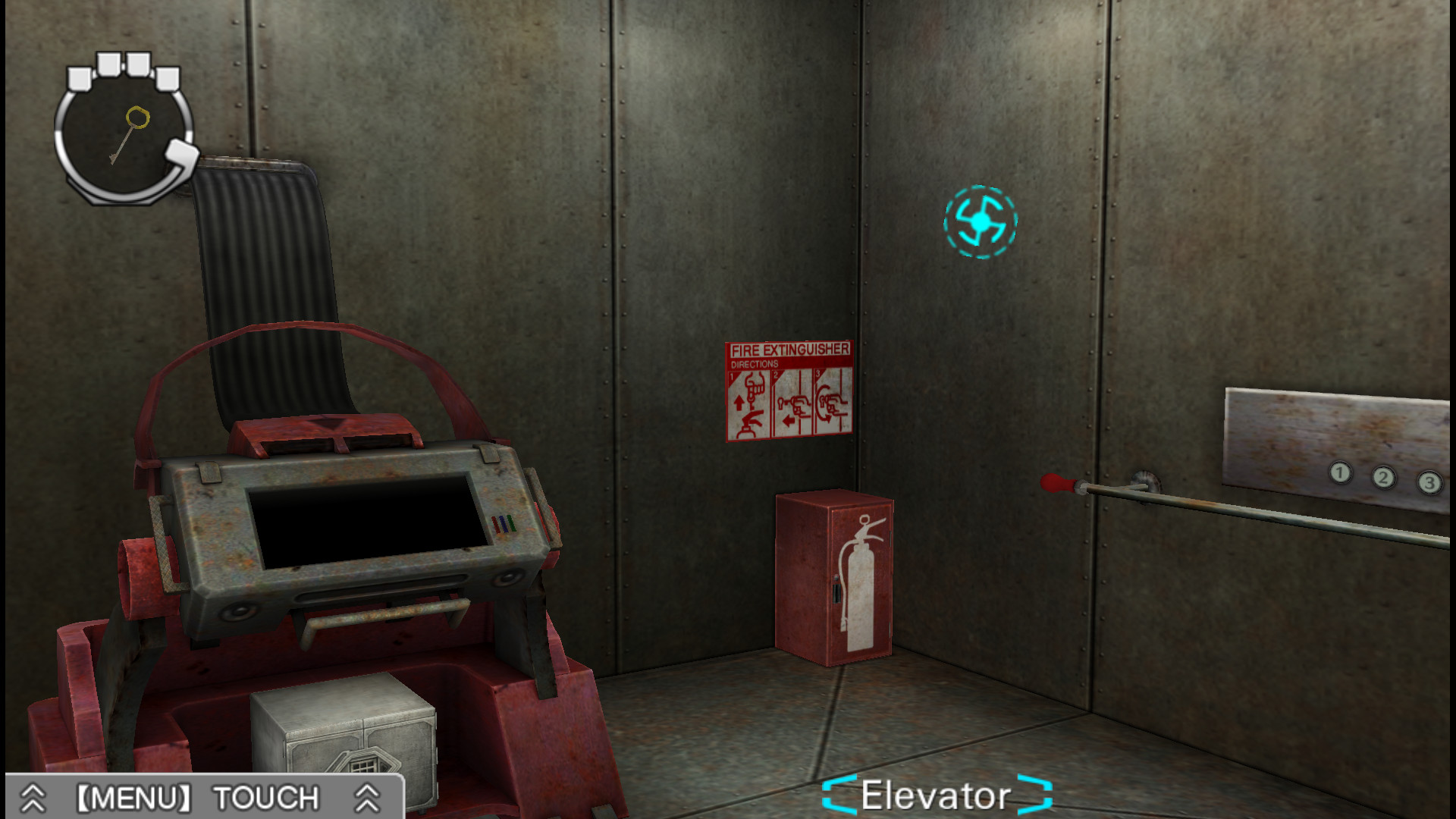
-
Zero Escape: The Nonary Games
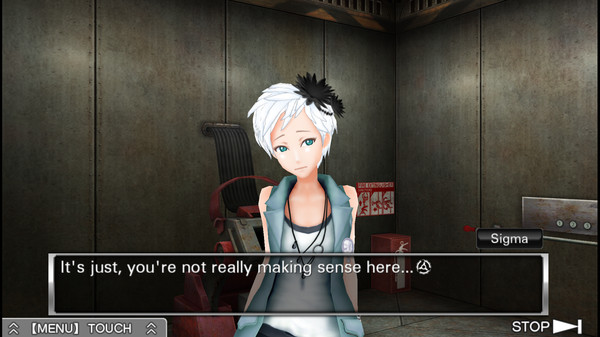
-
Zero Escape: The Nonary Games
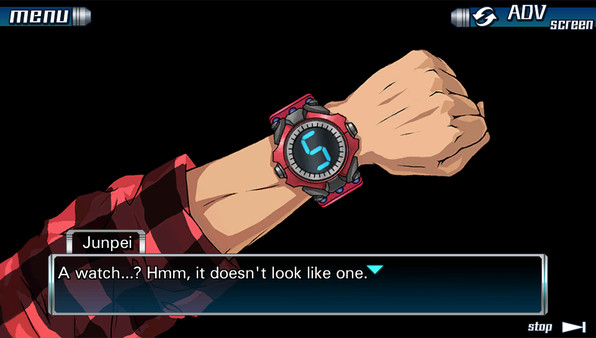
-
Zero Escape: The Nonary Games
